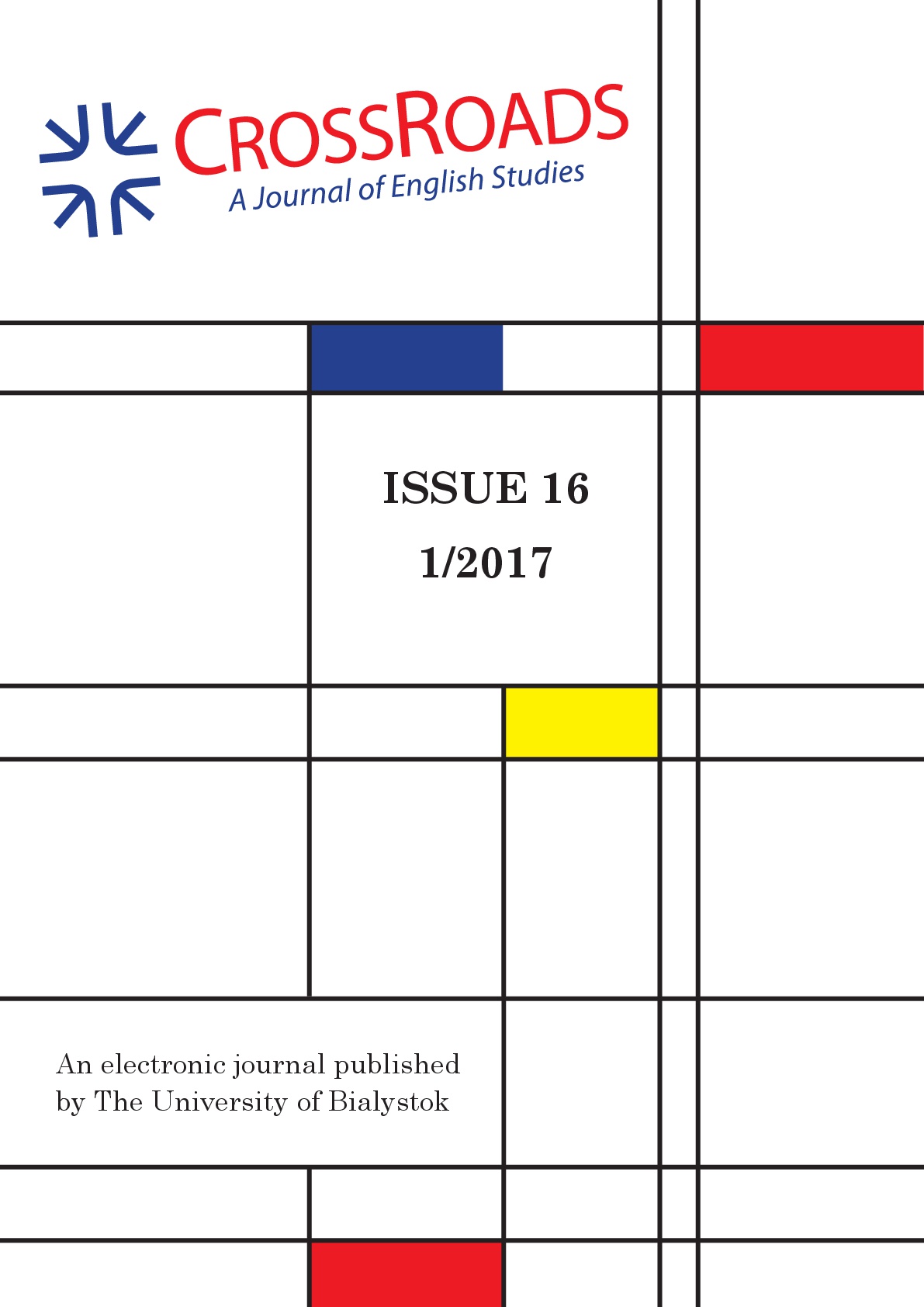Against Old English ‘short’ diphthongs
Against Old English ‘short’ diphthongs
Author(s): Helena SobolSubject(s): Language studies, Phonetics / Phonology, Morphology, Philology
Published by: Wydział Filologiczny Uniwersytetu w Białymstoku
Keywords: Old English; short diphthongs; syllable weight; back umlaut; breaking;
Summary/Abstract: Since the earliest grammars, Old English has been analysed as having a length contrast in diphthongs, containing both regular, bimoraic ones, side by side with cross-linguistically unique monomoraic ones. The supposedly monomoraic diphthongs [io eo æɑ] arose through back umlaut and breaking. Unsurprisingly, they have become the source of possibly the greatest controversy in OE phonology, which still remains unresolved. The present paper refutes the main arguments for a length contrast in OE diphthongs. Instead, it argues for a generative phonological analysis, where the diphthongs constitute monomoraic monophthongs in the underlying representation, and bimoraic diphthongs in the surface representation.
Journal: Crossroads. A Journal of English Studies
- Issue Year: 2017
- Issue No: 01 (16)
- Page Range: 32-39
- Page Count: 8
- Language: English

